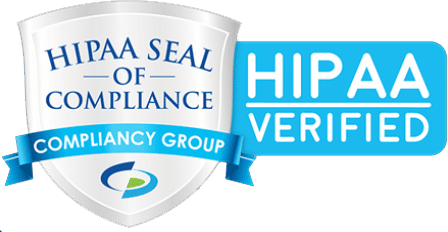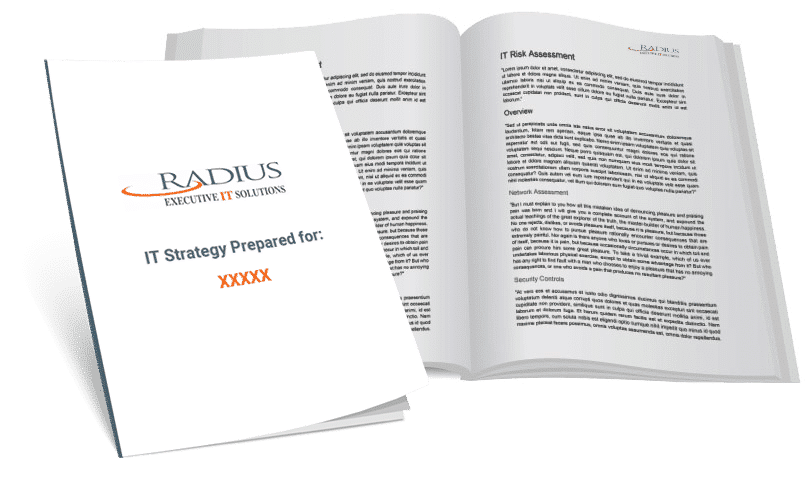What Role Should IT Play in the Digital Workplace? Unraveling Strategic Contributions
In the digital workplace landscape, IT’s role is foundational and multifaceted. IT leverages technology to drive business outcomes, enable employee efficiency, and foster a secure environment for innovation and growth. As the digital workplace expands, IT is the backbone supporting this evolution. It provides tools and platforms for seamless collaboration and communication across an increasingly dispersed workforce. Whether it’s through developing comprehensive security protocols to protect company assets or implementing user-friendly solutions that empower employees to perform effectively, IT is the architect of a robust digital ecosystem.
IT’s purpose isn’t just about maintaining systems and fixing issues; it’s central to aligning technology with business strategies. This involves translating the needs of the business into IT capabilities that solve current problems and anticipate future challenges. As such, IT plays a critical role in guiding technological adoption and transformation. It ensures that every digital initiative adds tangible value and aligns with the company’s mission and objectives. By measuring performance and continuously looking for improvement opportunities, IT serves not just as a function but as an enabler of long-term business success in an ever-adapting digital landscape.
Key Takeaways
-
- IT underpins the digital workplace, enabling strategic initiatives and ensuring seamless operations.
- A secure and innovative IT framework is crucial for the growth and adaptation of any business.
- Continuous IT support and employee training are vital for optimal workplace performance and user empowerment.
Strategic Alignment
In guiding today’s digital workplace, we emphasize the necessity for IT to be intrinsically aligned with our organization’s strategic direction.
Business Goals and IT Objectives
We recognize that for IT to truly enable success, our technological objectives must directly support specific business goals. This requires:
-
-
- Identifying business goals: We list our targeted business outcomes, from increasing market share to enhancing customer satisfaction.
- Alignment with IT objectives: Our IT team sets objectives to meet these business goals, such as implementing a customer relationship management (CRM) system to improve client interactions.
-
Governance and Policy Setting
Effective governance ensures that all IT initiatives are evaluated, directed, and monitored in alignment with our overarching strategy. Within this realm, we attend to:
-
-
- Developing IT policies: We create policies that foster a secure and productive digital environment conducive to achieving our strategic goals.
- Ensuring compliance: We regularly review our IT policies to maintain compliance with legal, regulatory, and ethical standards, safeguarding our business and customer data.
-
User Empowerment
In the digital workplace, we recognize the vital role IT plays in empowering users, enabling them to work autonomously and collaborate effectively.
Self-Service Platforms
We provide self-service platforms to ensure users can easily access the necessary tools and information. This approach fosters autonomy, allowing employees to resolve common issues and access services without direct IT intervention. For instance, platforms can include:
-
-
- Automated password reset tools
- User-accessible knowledge bases
- Application and resource portals
-
Collaboration Tools
We equip our team with state-of-the-art collaboration tools to empower employees to connect and work together regardless of their location. These tools are integral for a seamless digital experience, facilitating:
-
-
- Real-time communication via chat and video calls
- Collaborative document editing and sharing
- Project management platforms for cross-functional teamwork
-
Our commitment in these areas ensures that IT not only supports our team but actively enhances their capacity to perform at their best every single day.
Infrastructure and Operations
In the digital workplace, we view Infrastructure and Operations (I&O) as the backbone that supports all technological functions. It’s pivotal in ensuring that hybrid work experiences are seamless and cost-effective.
Cloud Computing
Cloud services have become a central aspect of the digital workplace, enabling us to offer flexible and scalable solutions. We leverage the cloud to:
-
-
- Enhance collaboration: Cloud allows our employees to share information and work together in real time, regardless of location.
- Improve accessibility: With data and applications hosted in the cloud, our team can access what they need from any device with internet connectivity.
-
Systems Integration
Seamless integration of various systems is critical for operational efficiency. Our approach to systems integration focuses on:
-
-
- Interoperability: We ensure that disparate systems can communicate effectively, minimizing silos and enhancing data flow.
- Automation: We increase efficiency by automating repetitive tasks, allowing our team to concentrate on more strategic initiatives.
-
Security and Risk Management
We prioritize robust security frameworks and comprehensive risk management strategies in the digital workplace to protect organizational data and ensure business continuity.
Data Protection
We implement stringent data protection measures to safeguard sensitive information. This includes:
-
-
-
- Encryption: Ensuring that all sensitive data is encrypted in transit and at rest.
- Access Controls: Implementing strict access controls ensures only authorized personnel can access critical data.
- BYOD Policies: Enforcing Bring Your Own Device (BYOD) policies to secure employee personal devices that access company data.
-
-
Incident Response
Our incident response protocol is designed to swiftly address any security breaches or threats:
-
-
-
- Detection and Analysis: We continuously monitor systems for unusual activity to detect possible security incidents promptly.
- Response Procedures: When identifying a potential threat, we follow a structured response plan that outlines containment, eradication, and recovery processes.
- Post-Incident Review: After an incident, we conduct a thorough review to refine our security posture and prevent future breaches.
-
-

Innovation and Growth
Our key focus in this section is on how IT departments drive innovation and growth within the digital workplace.
Research and Development
We understand the imperative role of IT in Research and Development (R&D). Our IT-led R&D efforts are pivotal for exploring new technologies and developing innovative products that meet market needs. For instance:
-
-
-
-
- Emerging Technologies: We continuously evaluate and invest in state-of-the-art AI and machine learning technologies.
- Product Development Cycles: Accelerating these cycles is critical, and we do this by leveraging agile methodology and DevOps practices.
-
-
-
Digital Transformation Initiatives
We also recognize that our IT department is the backbone of our digital transformation initiatives. Here’s how we contribute to this transformative process:
-
-
-
-
- Implementing Digital Tools: We prioritize adopting digital tools that enhance operational efficiency and collaborative workflows.
- Process Upgradation: Our focus is to upgrade legacy systems to modern platforms that support digital innovation.
- Cultural Change: We facilitate a cultural shift that embraces continuous learning and adaptability by advocating for a digital-first mindset.
-
-
-
Support and Training
In transitioning to a digital workplace, we prioritize two pivotal areas within IT: providing robust technical support and facilitating skill-building and education. These efforts are designed to ensure smooth operation and to empower our workforce with the necessary digital competencies.
Technical Support
We maintain a 24/7 helpdesk to address technical issues. Our team offers support through multiple channels, including:
-
-
-
-
- Phone support: Immediate assistance for urgent matters.
- Email and ticketing systems: For non-urgent issues that require thorough investigation.
- Live chat: For real-time problem-solving.
-
-
-
Our support staff are well-versed in various digital tools and platforms, ensuring that employees receive knowledgeable assistance regardless of the technical challenge. We also track and aim to continuously improve our average resolution time for IT issues, minimizing downtime and maintaining productivity.
Skill Building and Education
We offer tailored learning programs for different roles within the organization, focusing on:
-
-
-
-
- Essential Digital Skills: Fundamental competencies for all employees.
- Advanced Technical Training: For roles that require specialized IT knowledge.
-
-
-
To cater to diverse learning preferences, our educational resources include:
-
-
-
-
- Online courses and webinars: For convenience and scalability.
- In-person workshops: For hands-on and interactive experiences.
- Knowledge Base and FAQs: Updated repositories for self-service learning.
-
-
-
Performance Measurement
We rely on concrete data and evidence to guide our decisions and strategies in the digital workplace. Performance measurement is a crucial aspect that allows us to understand the effectiveness of IT initiatives and their impact on the business.
IT Metrics and Analytics
To evaluate the success of our digital tools and platforms, we establish IT Metrics and Analytics that quantify various aspects of performance. Using Key Performance Indicators (KPIs), we can assess:
-
-
-
-
-
- System Uptime: The availability of critical systems during business operations.
- Response Times: How quickly systems respond to user commands.
- User Satisfaction: By measuring how well digital solutions meet user needs through surveys and usage patterns.
- Security Incidents: The frequency and impact of security breaches or downtime.
-
-
-
-
Continuous Improvement Processes
We commit to Continuous Improvement Processes by routinely analyzing performance data to identify areas for enhancement. The steps we take include:
-
-
-
-
-
- Data Collection: Gathering and aggregating performance data in real time.
- Analysis: Using analytical tools to detect trends and anomalies.
- Implementation: Deploying targeted improvements to address identified issues.
- Review: Measuring the impact of enhancements and iterating on the process.
-
-
-
-
This cyclical process ensures that our digital environment is always evolving to better support our organizational goals and employee productivity.





